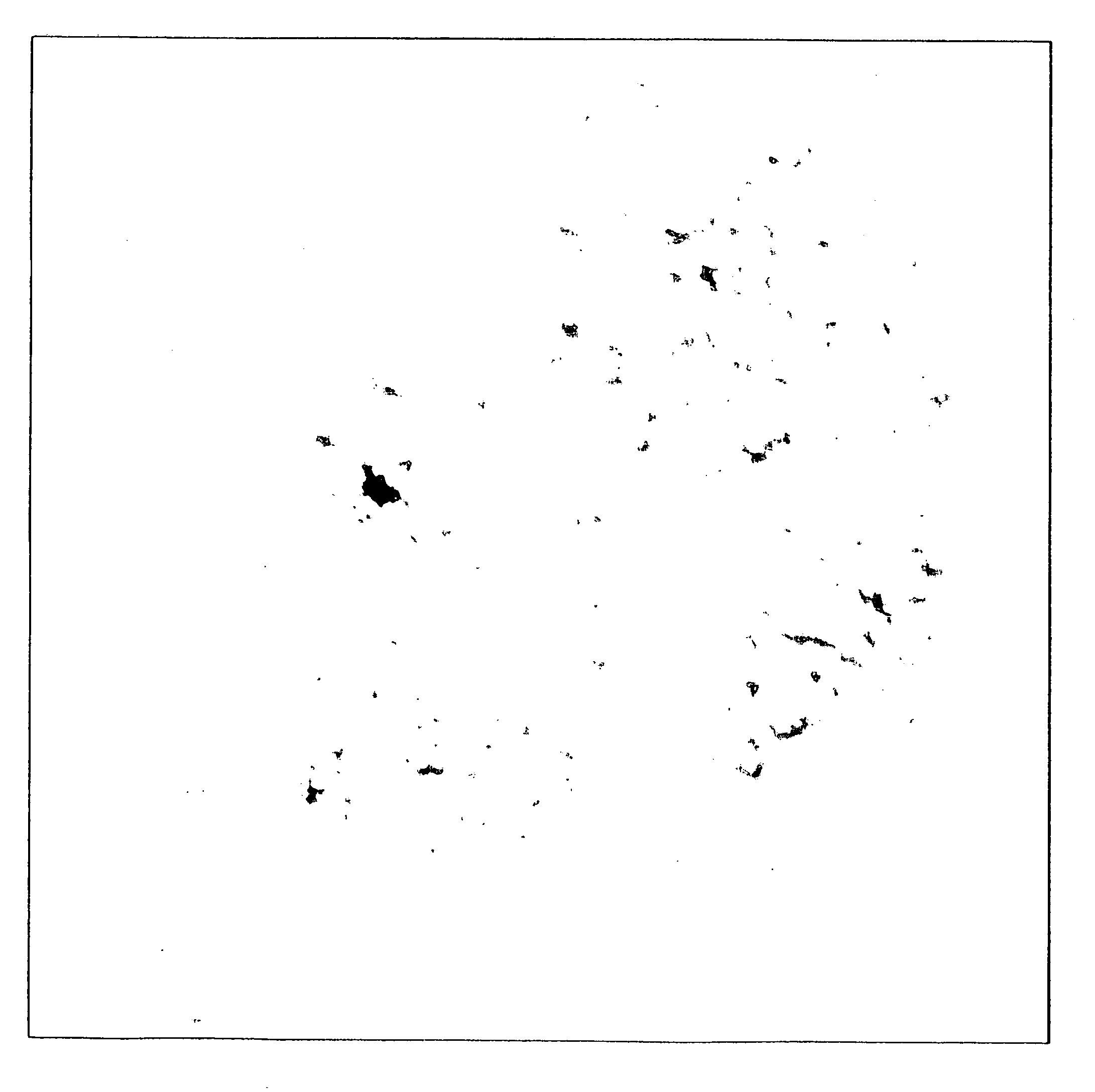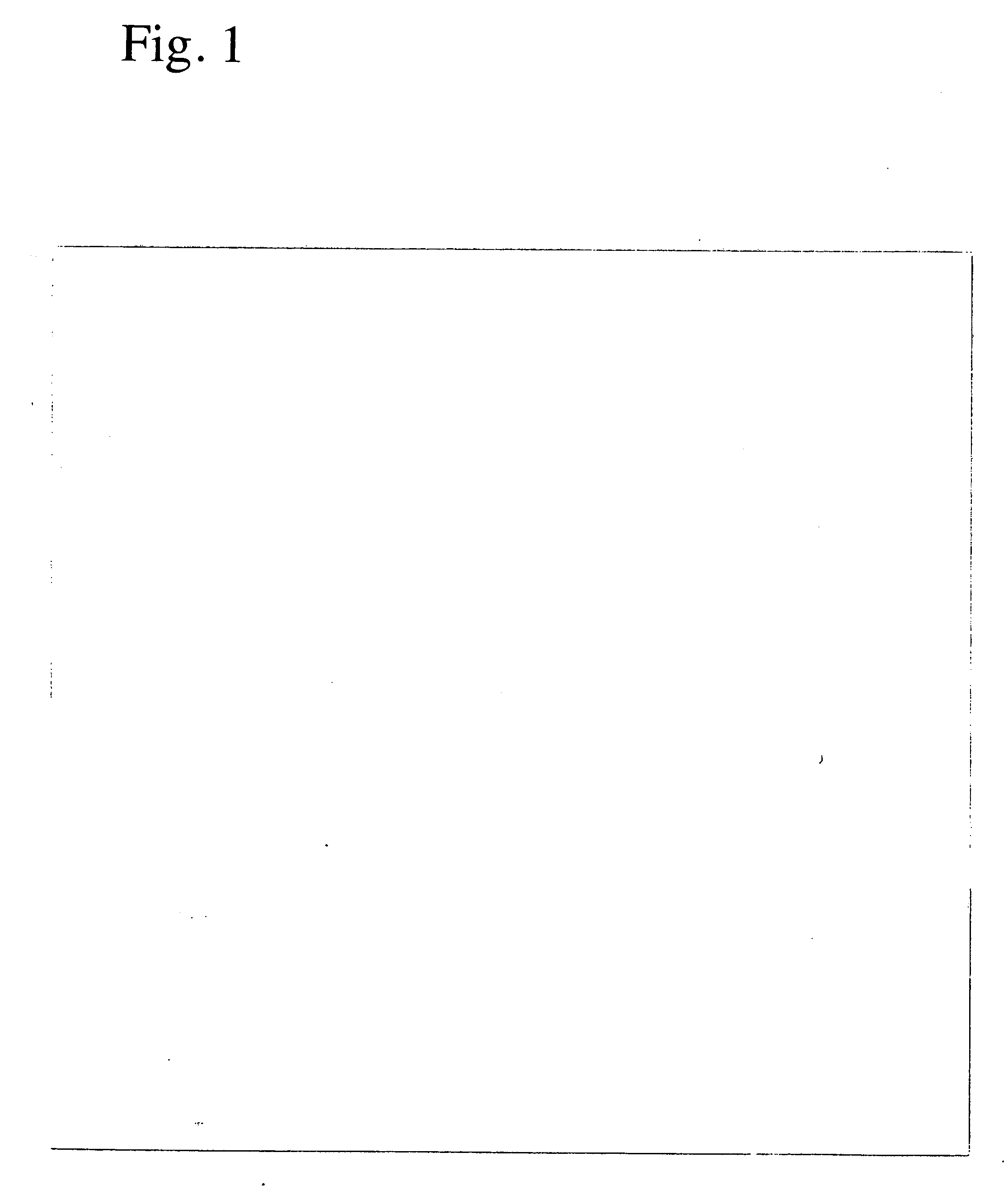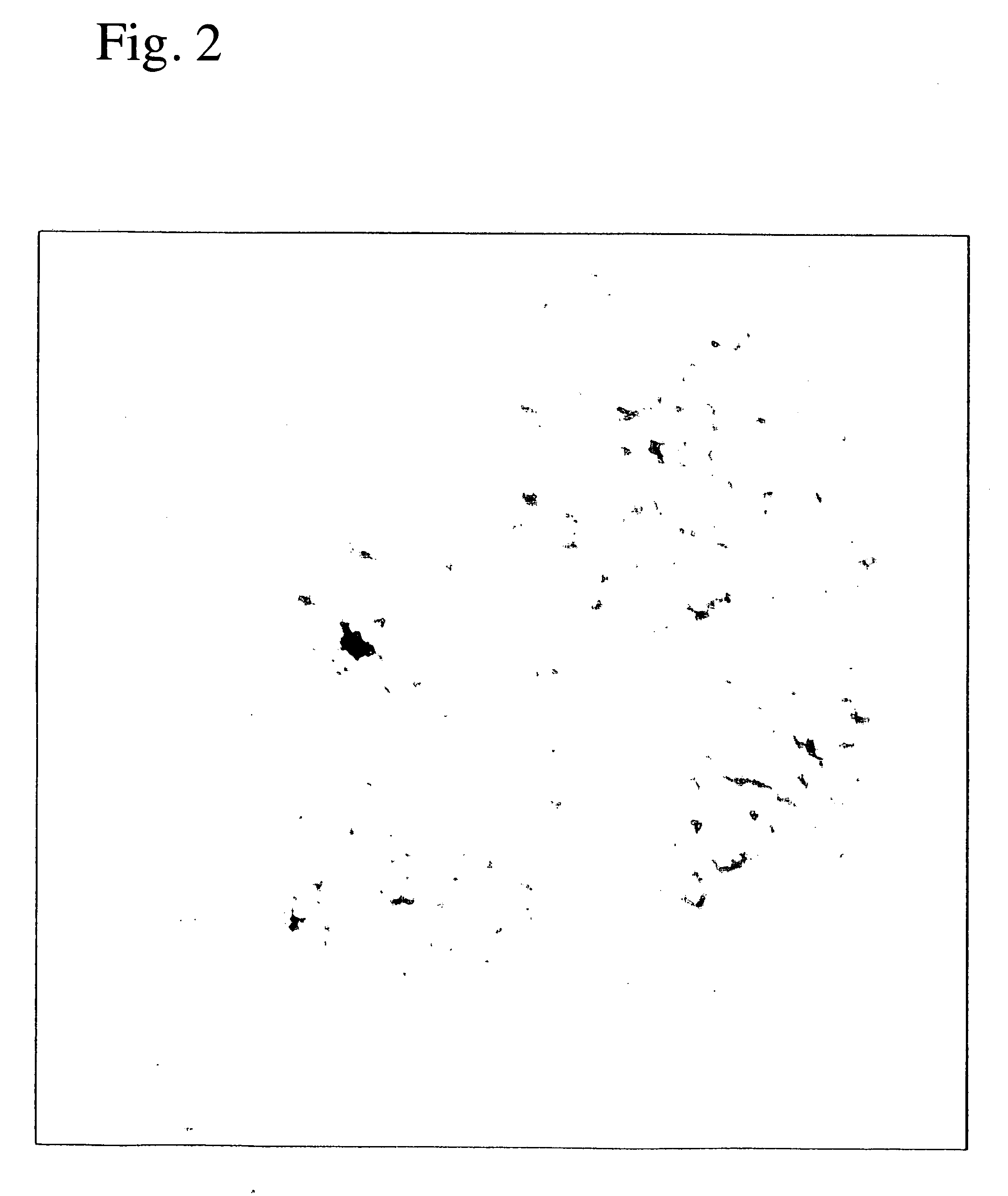Method for producing micro-porous film of thermoplastic resin
- Summary
- Abstract
- Description
- Claims
- Application Information
AI Technical Summary
Benefits of technology
Problems solved by technology
Method used
Image
Examples
example 1
[0160] A polyethylene composition was produced by mixing polyethylene having a Mw / Mn of 16, a melting point of 135° C. and a crystal dispersion temperature of 90° C., which comprised 25% by mass of ultra-high-molecular-weight polyethylene (UHMWPE) having a mass-average molecular weight of 2.0×106, and 75% by mass of high-density polyethylene (HDPE) having a mass-average molecular weight of 3.5×105, with tetrakis[methylene-3-(3,5-ditertiary-butyl-4-hydroxyphenyl)-propionate]methane as an antioxidant in an amount of 0.375 pails by mass per 100 parts by mass of the polyethylene composition. 25 parts by mass of the resultant polyethylene composition was supplied to a strong-kneading, double-screw extruder (internal diameter=58 mm, L / D=42), and 75 parts by mass of liquid paraffin was introduced into the double-screw extruder through the side-feeder. The resultant mixture was melt-blended at 200° C. and 200 rpm in the extruder to prepare a polyethylene solution. Subsequently, this polyeth...
example 2
[0162] A biaxially stretched membrane produced in the same manner as in Example 1 was fixed to a frame plate, immersed in a first washing bath of methylene chloride [surface tension: 27.3 mN / m at 25° C., boiling point: 40.0° C., solubility in water: 20,000 ppm (oil a mass basis) at 20° C.] controlled to 23° C., and washed while vibrating at 100 rpm for 30 seconds. With methylene chloride exchanged to fresh one in each washing operation, the above series of washing operations was further twice repeated. The membrane, which remained fixed to the frame plate, was then immersed in a second washing bath (rinsing bath) of methyl perfluorobutyl ether [composition formula: C4F9OCH3, Novec HFE-7100, available from Sumitomo 3M, surface tension: 13.6 mN / m at 25° C., boiling point: 61° C., solubility in water: 12 ppm (on a mass basis) at 25° C., flashpoint: non] controlled to 23° C. to carry out a rinsing treatment while vibrating at 100 rpm for 20 seconds. With methylene chloride exchanged to ...
example 3
[0163] A microporous polyethylene membrane was produced in the same manner as in Example 2, except that it was washed with n-decane [surface tension: 23.4 mN / m at 25° C., boiling point: 173° C., solubility in water: 50 ppm (on a mass basis) at 20° C.] controlled to 60° C. in the first washing bath 3 times in total, and that the temperature of the warm water was set at 80° C. It took 2 seconds to remove the washing solvent.
PUM
| Property | Measurement | Unit |
|---|---|---|
| Temperature | aaaaa | aaaaa |
| Temperature | aaaaa | aaaaa |
| Temperature | aaaaa | aaaaa |
Abstract
Description
Claims
Application Information
 Login to View More
Login to View More - R&D
- Intellectual Property
- Life Sciences
- Materials
- Tech Scout
- Unparalleled Data Quality
- Higher Quality Content
- 60% Fewer Hallucinations
Browse by: Latest US Patents, China's latest patents, Technical Efficacy Thesaurus, Application Domain, Technology Topic, Popular Technical Reports.
© 2025 PatSnap. All rights reserved.Legal|Privacy policy|Modern Slavery Act Transparency Statement|Sitemap|About US| Contact US: help@patsnap.com



